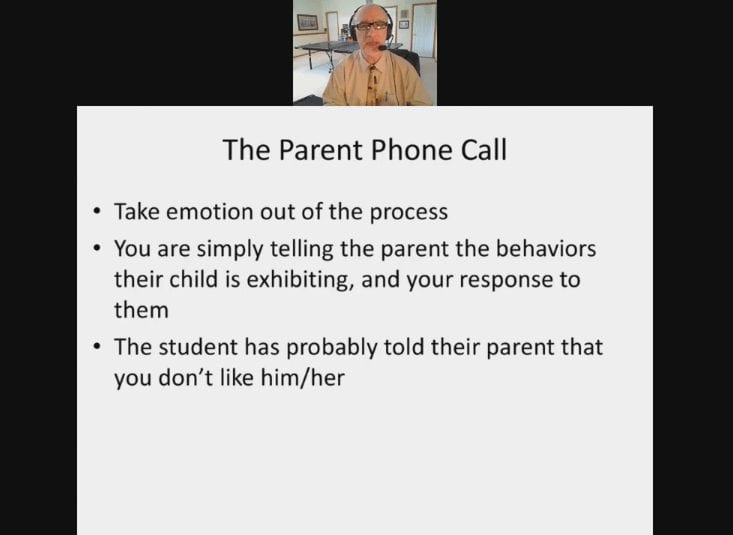Common Classroom Management Mistakes and How to Avoid Them
The dunce cap, a ruler on the knuckles, kneeling on rice: modern teachers wouldn’t think of using these methods to correct students’ behavior. But for all the progress that schools have made in understanding and implementing effective discipline, teachers can still fall into bad habits that sabotage their own efforts to stay in command. In his recent edWebinar “Classroom Management Mistakes That Undermine Your Authority,” Shannon Holden, Assistant Principal at Republic Middle School in Missouri, explained the importance of establishing the teacher’s control from the first day of school and the common mistakes educators make when trying to maintain a productive educational environment.
- Not having a seating chart on day one: This is the teacher’s opportunity to exercise their authority from the beginning while also learning students’ names and the dynamics of the room.
- Not having a discipline plan on day one: Similarly, teachers need to immediately show students that misbehavior won’t be tolerated and how poor choices will be treated. Except for severe cases that require a heightened response, all cases should follow the same hierarchy. For instance, a first offense might be a verbal warning, while a second offense would be a student-teacher conference. Every discipline plan should have a severe behavior clause for extenuating circumstances.
- Listing unacceptable consequences: Discipline should be commensurate with the behavior and should not belittle or ridicule the student.
- Getting creative with consequences: When teachers stray outside of typical discipline, one parent can easily protest and discredit the teacher. Teachers need to have the parents on their side, so the measures need to be something parents can understand and support.
- Making threats without authority to follow through: Most teachers, for example, cannot expel a student, and the kids know it. If teachers make empty threats, the kids won’t respect them.
- Getting emotional when talking with parents: If an issue escalates and the teacher needs to call the parents, the teacher should stick to the facts and make no judgments about the child. Simply inform the parents about the student’s choices that led to the phone call. More important, if possible the teacher should try to contact the parents before the student can plead their case.
- Not being 100% certain that the named student committed the offense: Teachers should not invoke the steps of the discipline policy unless they know without a doubt the student(s) involved.
- Sending students to the office without documentation: Sending students to an administrator should always be the last step in the plan. If a student arrives without documentation or it’s unclear exactly who was involved, the administrator may send the student back to class with a lesser punishment.
- Punishing students for the act that was the tipping point and not the breadth of discipline issues: First, the student’s overall behavior needs to be addressed—not a single incident. Moreover, the punishment may not fit the actions, or the administrator may think the teacher is overreacting, if he or she does not understand the scope of the student’s actions.
“The focus shifts when you make disciplinary mistakes…from what the student did wrong to what you did wrong,” said Holden. “The temptation after you go through some sort of a traumatic event like that…is to say, ‘You know what, I am just going to quit disciplining students, and I am going to let them do what they want because that’s just going to make my life easier.’ That is a recipe for disaster. Disciplining the correct way keeps administrators, parents, and students on your side.”
This broadcast was hosted by edWeb.net.
This article was modified and published by eSchool News.
About the Presenter
Assistant Principal at Republic Middle School in Missouri, Shannon Holden has been a high school and middle school administrator and teacher in Texas and Missouri for 20 years. Shannon presents frequently to teachers and administrators about classroom management, maintaining positive relationships with parents, instructional strategies that engage students, and implementing technology in the classroom.He is the host of the Teacher HELP! and TechTools for the Classroom communities on edWeb.net. Follow him on Twitter @newteacherhelp.
Join the Community
Teacher HELP! is a professional learning community that helps teachers get advice, support, and share experiences about teaching.




Comments are closed.